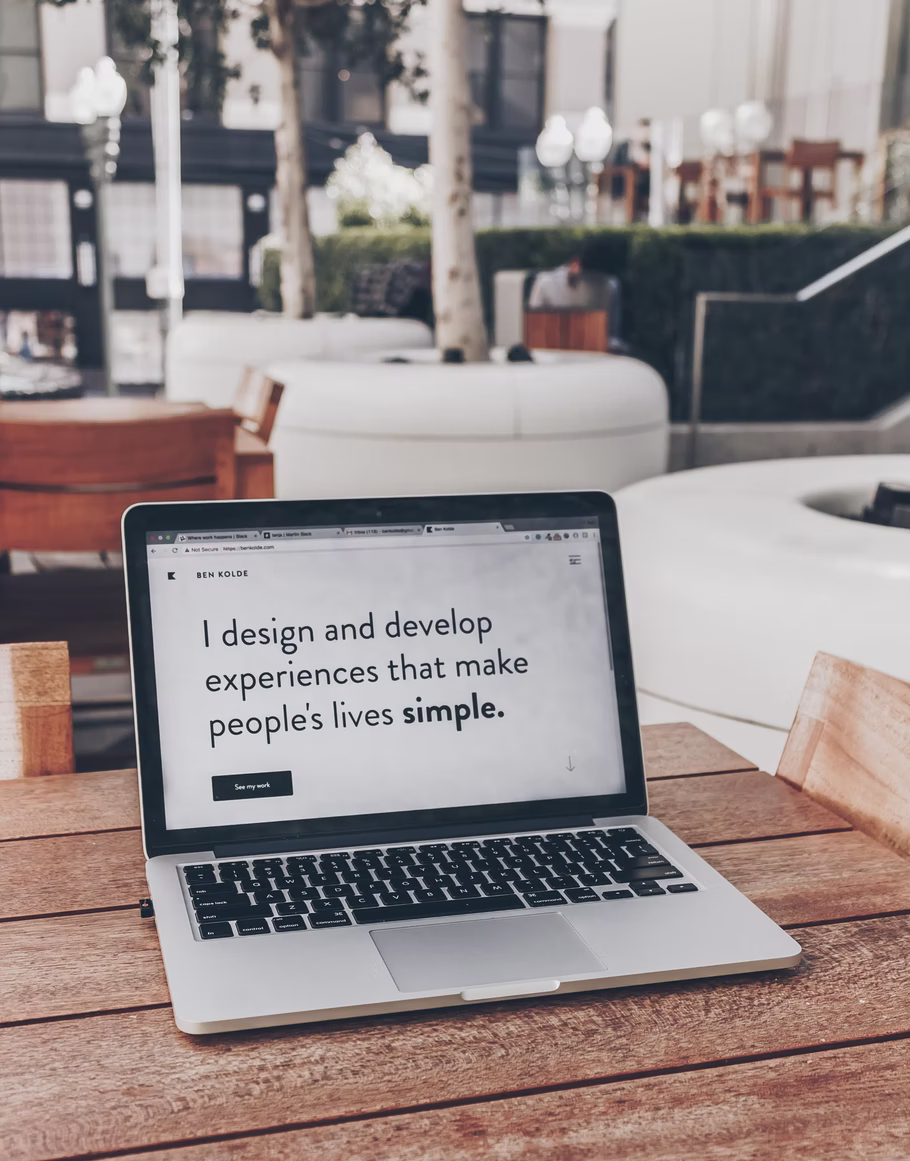
DEFINE
-
Define WHO the website is for. Is it for yourself? For a client of your agency or your freelancing business?
-
Define WHAT the website is for. In other words, define business and user goals of your website project.
-
Define the target audience. Be really specific if possible and if it makes sense for your website (this can come from your client).
PLAN
-
Plan and gather website content: copy (text), images, videos etc.
-
Content is usually provided by the client, but you also can help them produce and find some content (simply finding free images is easiest, but if they want copy, charge them extra).
-
For bigger sites, plan out the sitemap: what pages the site needs, and how they are related to one another (content hierarchy).
-
Based on the content, plan what sections each page needs in order to convey the content's message, and in which order.
-
Define the website personality.
SKETCH
-
Think about what components you need, and how you can use them in layout patterns.
-
Get ideas out of your head: sketch them with pen and paper or with some design software (e.g. Figma).
-
This is an iterative process: experiment with different components and lyouts, until you arrive at a first good solution.
-
You don't need to sketch everything, and don't make it perfect. At some point, you're ready to jump into HTML and CSS.
DESIGN AND BUILD
-
Use decisions, content and sketches from Steps 1, 2, and 3 to design and build the website with HTML and CSS (designing in the browser).
-
You already have the layout and components that you selected previously. Now you need to design the actual visual styles.
-
Crate the design based on selected website personality.
-
Use the client's branding (if it exists already) for design decisions whenever possible: colors, typography, icons, etc.
TEST AND OPTIMIZE
-
Make sure website works well in all major browsers (Chrome, Firefox, Safari, Edge, maybe even old IE 😱).
-
Test the website on actual mobile devices, not just in DevTools.
-
Optimize all images, in terms of dimensions and the file size.
-
Fix simple accessibility problems (e.g. color contrast issues).
-
Run the Lighthouse performance test in Chrome DevTools and try to fix reported issues.
-
Think about Search Engine Optimization (SEO).
LAUNCH
-
Once all work is done, everything is perfect, and you got approval from your client (or yourself), it's time to share your masterpiece with the world!.
-
Upload your website files to a hosting platform. There are countless platform.
-
Choose and buy a great domain name, one that represents the brand well, is memorable and easy to write.
MAINTAIN AND UPDATE
-
Keep the website content updated over time. If you're working with a client, you can create a monthly maintenance contract.
-
Install analytics software (e.g. Google Analytics or Fathom) to get statistics about website users. This may inform future changes in the site structure and content.
-
A blog that is updatad regularly is a good way to keep users coming back, and is also good for SEO.
